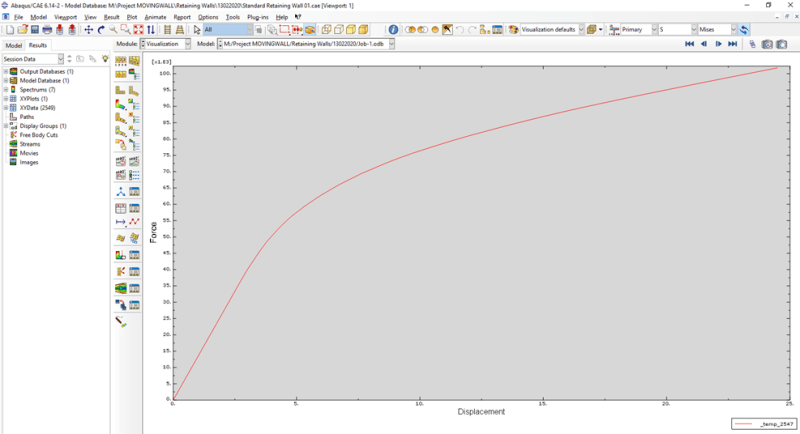Hi everyone,
I have been trying to model a concrete retaining wall using ABAQUS. There has been progress so far, but the values of the responses I have been getting are very low compared to what is obtainable using classical equilibrium approach.
I suppose the issue was with the inconsistency of the units, however, checking through the model, I have not been able to debug the problem.
I used an SI unit of mm, N, N/mm2 and tons/mm3 for density
Can you help me out with a way to solve this problem?
I have been trying to model a concrete retaining wall using ABAQUS. There has been progress so far, but the values of the responses I have been getting are very low compared to what is obtainable using classical equilibrium approach.
I suppose the issue was with the inconsistency of the units, however, checking through the model, I have not been able to debug the problem.
I used an SI unit of mm, N, N/mm2 and tons/mm3 for density
Can you help me out with a way to solve this problem?

